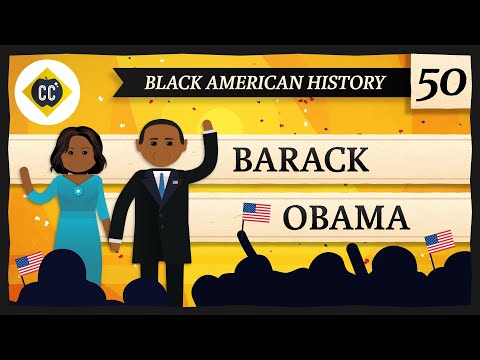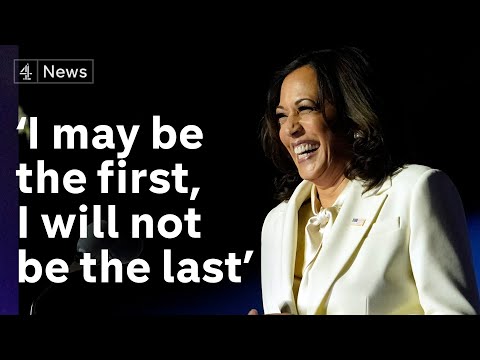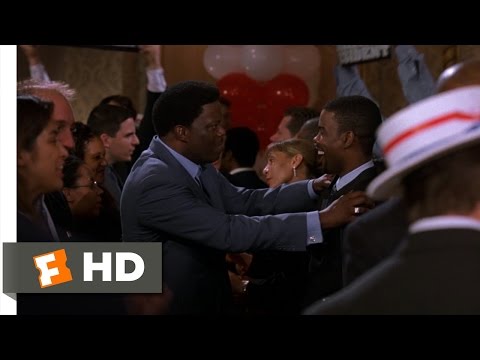History is a dynamic tapestry interwoven with various narratives that shape our understanding of the world. However, there are often stories and figures that remain buried within the depths of time, awaiting rediscovery. One such story revolves around the existence of six black presidents who served their nation before Barack Obama’s historic presidency. This largely overlooked chapter in American history was brought to light by Mike Malloy, a historian with an unyielding commitment to uncovering forgotten truths.
Malloy’s extensive research led him down a path that diverged from conventional historical accounts. While most educational curricula focus on the struggles faced by African Americans, they often miss out on recognizing their achievements and contributions to society. Consequently, Malloy made it his mission to shed light explicitly on these six remarkable individuals who broke boundaries long before Obama graced the Oval Office.
The first black president predating Obama is believed to be John Hanson (1731-1783), who served as president under the Articles of Confederation in 1781. Although not widely known, Hanson played a pivotal role in unifying the fragile post-revolutionary United States and was admired for his leadership abilities. Another notable figure was Thomas Jefferson’s vice president, Aaron Burr (1756-1836), whose heritage includes African ancestry.
Moving into the 19th century, historian Mike Malloy also highlights other remarkable individuals such as Jean-Baptiste Point du Sable (1745-1818), an iconic pioneer credited with founding the city of Chicago. Furthermore, there was P.B.S Pinchback (1837-1921), who became governor of Louisiana for a brief period in 1872 following impeachment proceedings against his predecessor.
Blanche K. Bruce (1841-1898) is also recognized among this prestigious group since he served as U.S Senator during Reconstruction, representing Mississippi from 1875 to 1881. Bruce’s term in office marked one of the first instances of a person with African heritage occupying such a high-ranking position in American politics.
Lastly, renowned educator and civil rights activist Mary McLeod Bethune (1875-1955) also played a crucial role within the black leadership of her time. Although she did not hold any governmental office, Bethune headed the Division of Negro Affairs under President Franklin D. Roosevelt’s administration and was instrumental in championing programs to improve black education and economic opportunities.
Unearthing these figures can help reshape our perception of history and provide a more comprehensive understanding of America’s diverse heritage. By recognizing their accomplishments, we honor the dedication and significant contributions made by African Americans throughout the nation’s history.
However, it is crucial to note that the claim that these individuals were presidents in the same sense as Barack Obama would be inaccurate. The six figures mentioned above held significant positions within society or government but did not attain the title or powers associated with being head of state like Obama did.
Mike Malloy’s exploration into this hidden lineage challenges our preconceived notions regarding America’s first black president. As we continue to progress toward an equitable society, uncovering forgotten narratives becomes paramount. Through Malloy’s research, we glimpse into a past previously obscured – one where resilience, leadership, and trailblazing achievements transcended racial barriers.
As we celebrate Black History Month and beyond, it is our duty to embrace these stories as part of America’s collective tapestry. Their inclusion brings us closer to forging a more just and inclusive future by acknowledging and valuing all contributions made towards social progress – regardless of race or ethnicity.





